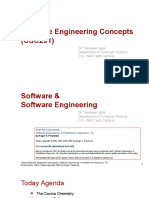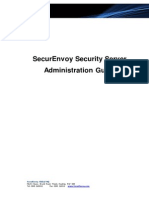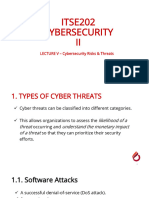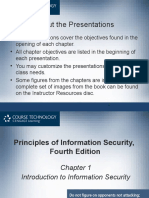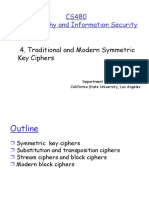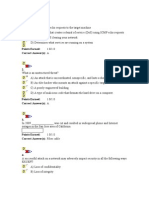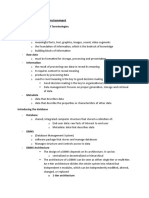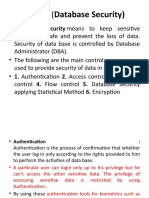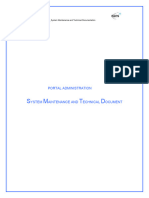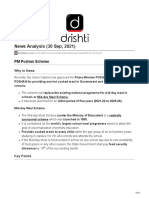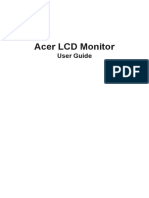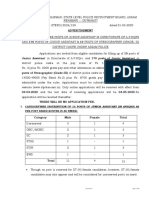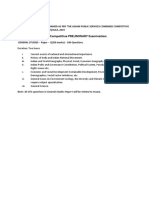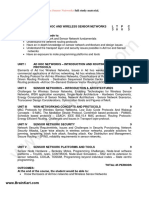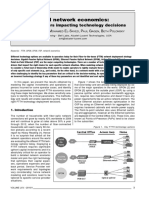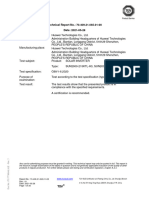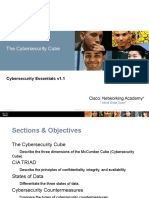0% found this document useful (0 votes)
953 views6 pagesServer Security Best Practices Guide
This document provides guidance on securing server connectivity and administration. It discusses establishing secure connections using SSH and SSH keys for authentication. It also covers securing file transfers with FTPS, using SSL certificates, private and VPN networks, monitoring login attempts, managing limited user accounts instead of root access, establishing strong password requirements and policies, using passphrases instead of passwords, and regularly updating software and removing unnecessary services and ports.
Uploaded by
RJ RanjitCopyright
© © All Rights Reserved
We take content rights seriously. If you suspect this is your content, claim it here.
Available Formats
Download as PDF, TXT or read online on Scribd
0% found this document useful (0 votes)
953 views6 pagesServer Security Best Practices Guide
This document provides guidance on securing server connectivity and administration. It discusses establishing secure connections using SSH and SSH keys for authentication. It also covers securing file transfers with FTPS, using SSL certificates, private and VPN networks, monitoring login attempts, managing limited user accounts instead of root access, establishing strong password requirements and policies, using passphrases instead of passwords, and regularly updating software and removing unnecessary services and ports.
Uploaded by
RJ RanjitCopyright
© © All Rights Reserved
We take content rights seriously. If you suspect this is your content, claim it here.
Available Formats
Download as PDF, TXT or read online on Scribd
/ 6




